QuestionI Just brought a nine week old German Shepherd/border collie mix. she is so sweet and smart and a really mellow puppy. I have two cats one is 6 months and one is 3.5. the cats are stalking the puppy and have actually tried to attack her twice. she is terrified of the cats. what should I do?!
AnswerDon't leave them alone unattended. I would suggest a crate for the puppy. I am not sure how much training you can do with the cats, but you need to stop them as soon as they start to stalk the puppy. It soon will be big enough the cats will start to avoid it.
What does a puppy need?
A crate. It is only natural that a puppy resists its crate at first. What the puppy wants more than anything else is to be others, you, anyone else in the household, and any other pets. In our modern society, even if we are home, other things distract us from the attention an uncrated puppy must have. The only real solution is to crate the dog when you can't give it tha attention it needs. The dog may be happier in its den than loose in the house. It relaxes, it feels safe in its den. It rests, the body slows down reducing the need for water and relieving its self. Dogs that have been crated all along do very well. Many of them will rest in their crates even when the door is open. Skip the bedding. At first it gets wet, and later it can be chewed into choking hazards. A wire rack in the bottom will help keep the puppy up out of accidents at first. They are available with the crates, but a piece of closely spaced wire closet shelving from a home supply place is cheaper. I think the plastic ones give the dog more of a safe, enclosed den feeling. Metal ones can be put in a corner or covered with something the dog can't pull in and chew. Select a crate just big enough for the full grown dog to stretch out in. At first, you may need to block off most of it. At bed time, with a new puppy, I have found lying down in front of the crate like you were going to sleep and speaking softly to it, or singing, until it settles down and goes to sleep works very well. Follow the pattern, a period of active play, outside to eliminate, and then into the crate.
Chew toys. The pet stores are full of toys that many dogs will quickly chew up into pieces they could choke on or cause intestinal blockages. If you are not there to watch, stick to sturdy stuff such as Nylabones and Kongs. Keep a close eye on chew toys and quickly discard anything that is coming apart in pieces. Rawhide is especially bad because it swells after being swallowed. These problems are the worst with, but not limited to, large, aggressive chewers such as Labs.
Food. Find out what the breeder is feeding. If it is dry chow you can buy readily, I would stick with it until the dog is 4 months old, at that time switching to a dry all life stages food. If not, try to have the breeder give you a few days supply to use making a gradual change to a dry puppy chow. In most cases, your best bet is to stick with the breeders food. Many people switch to ''better'' foods and have trouble.
Dishes. Empty plastic food containers are good enough. If you want something nicer, buy the spill proof? ones, stainless steel with an outer skirt making them hard to tip or pick up. I have found them at Big Lots.
A collar and leash. You should stay with a flat fabric or leather collar until your puppy is 5 months old. Then you can go with the metal slip collar with the rings on each end. Otherwise you could damage its windpipe. Put it on like this for the usual dog on the left position. Pull the chain through the one ring forming a"P". Facing the dog, slip it over its head. The free end comes over the neck allowing the other end to release pressure when the leash is slack. A five month old's head will still grow some. If you buy one that easily goes over the head, it still should come off leaving the ears when the dog finishes growing. I start the puppy out with a metal leash and switch to a leather one after the worst of the chewing is over and I need more control. The trend is away from the metal collars to Martingale or head collars. They can be used with younger puppies too.
A name, try http://www.lowchensaustralia.com/names/petnames.htm#1 and http://www.cat-dog-names.com/
A brush. Start the puppy with a soft bristle brush. They don't shed much at first, and the bristle brush will remove dirt and help control odor. When shedding becomes a problem later, switch to a slicker brush with the wire teeth.
The number of a vet. It is very hard to evaluate them. Dogs need more medical care than in the past. Many new problems are wide spread.
A book. Any book is better than none at all. I like the Monks of New Skete and their The Art of Raising a Puppy, ISBN 0-316-57839-8.
Obedience training. A good obedience class or book is about you being top dog, not about rewarding standard commands with a treat. Start obedience training the day you get the dog. Build on the foundation of housebreaking. The younger the puppy, the shorter you must keep sessions, only a few repetitions at a time. A few minutes here and there, and by the time the puppy is 4 months old, people will be impressed with what a nice dog it is.
An All Experts bookmark so you can come back for help as needed.
I didn't forget treats, shampoo, and bedding. I seldom use them.

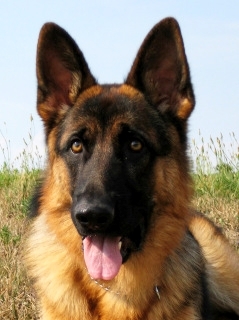 2yo German Shepherd Male
Question
My Boy...
Hi there....I have a 2 year old, pur
2yo German Shepherd Male
Question
My Boy...
Hi there....I have a 2 year old, pur
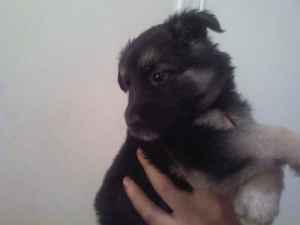 interested in adopting a puppy GSD.
Question
pic of the gsd puppy
Hey, im considering adopt
interested in adopting a puppy GSD.
Question
pic of the gsd puppy
Hey, im considering adopt
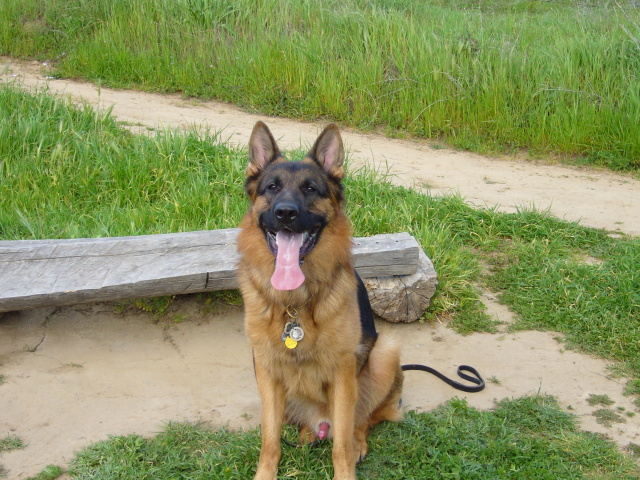 Aggression
Question
Ray
Hello, I need help...I lost my female GSD
Aggression
Question
Ray
Hello, I need help...I lost my female GSD
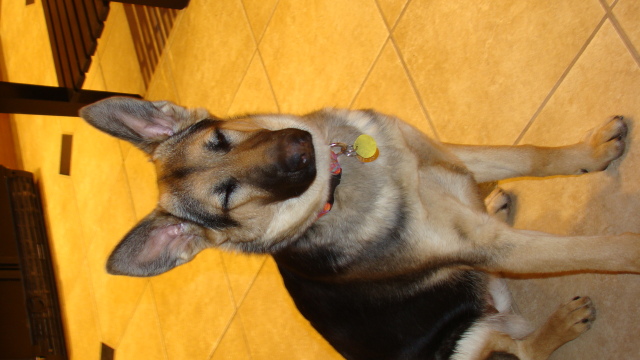 tymber
Question
tymber
ok my gsd is now 7 months old and i hav
tymber
Question
tymber
ok my gsd is now 7 months old and i hav
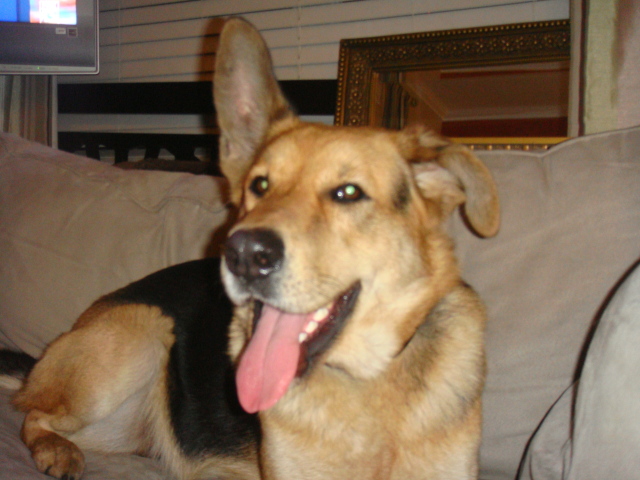 Shepherd ears/teeth
Question
Rosco
We have just taken in a shepherd that we
Shepherd ears/teeth
Question
Rosco
We have just taken in a shepherd that we